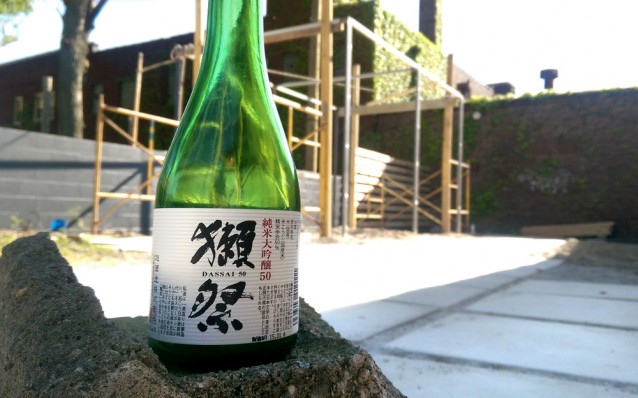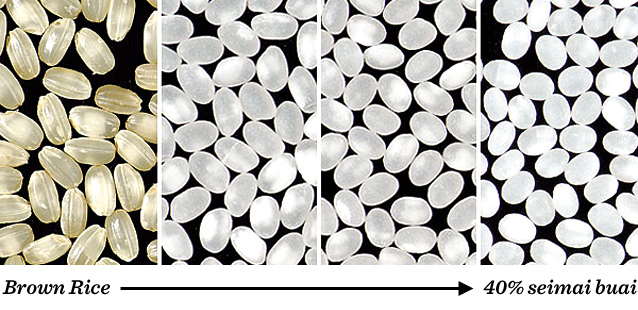
Like most Americans, we haven’t had much exposure to sake in the past, so we were thrilled to have the opportunity to taste through a dozen or so sakes available in the local market so we could learn a bit more about it. Pretty much the only thing we enjoy more than learning about drinking is drinking while learning, and by the end, we were totally on board. So once we had done the tasting, we decided on two bottles for the list, both of which are now available.
Suigei “Drunken Whale” – $9 gl / $42 btl
Clean but surprisingly oily and savory, this remarkable value sake struck us immediately as perfect for drinking with food. In general, sake is widely considered a food-friendly beverage, which is something we look for across our beverage program. But the texture and weight of Drunken Whale in particular makes it ideal for pairing with richer dishes like the fried perch or the grilled trout with fennel, but the clean finish and lack of bitterness lets it accompany plenty of other items from our current menu.
Suigei, the brewery, labels this a Junmai, which typically carries a minimum seimaibuai (portion of the grain of rice remaining after polishing) of 70%. But they also label it tokubetsu, a term that denotes a remarkable quality beyond the legal designation. In this case, Drunken Whale is made from a single rice variety (Akitsuho) and also polished well beyond the requirements of junmai with only 55% of the original grain of rice remaining, discarding most of the fats and proteins that make up the outer shell of the rice. The result is a viscous, savory, flavorful drink that is simultaneously lean and dry. We prefer to serve it cold, but it would be worth experimenting with at different temperatures.
Dassai Otterfest 50 – $32 btl
The term “Otter Fest” is a reference to the name of the brewery itself: Dassai. Dassai means “otter festival,” a reference to an ancient name for the prefecture in which this sake is brewed, which was formerly home to a species of otter that would roam about the river beds and display the fish they caught, almost as at a market, bazaar, or festival, hence otter festival. Later, a regional poet took the name Dassai as he would spread his inspiration and reading material about his room much like an otter would its fish.
Dassai proclaims it took the name from not just the otters but from the poet because it wanted to pay homage to both the regional history and artistic nuance.
And from tasting the sake, it’s hard to disagree.
We’re proud to serve the Otter Fest 50, made entirely from Yamada Nishiki rice, widely prized by sake brewers for its prime brewing characteristics (e.g., water absorption). Before entering the brewing process, the rice is polished down to 50% of the rice remaining. This extra polishing is, of course, a more labor intensive process and involves wasting a great deal of potential product in order to achieve a higher quality result. Dassai also makes a “39” and “23,” numbers again referring to the percentage of rice remaining after polishing.

These sakes with such a high degree of polish, both literally and figuratively, are termed Daiginjo – a premium sake with more elegance and nuance. With no protein and fat left after polishing, only the starchy center remains. In this case, the result is honeydew, ginger, and peach on the nose and a less viscous, cleaner, more elegant mouthfeel when compared to the Drunken Whale. And it makes us crave some raw fish, a clean salad like our veggie carpaccio, or even some beef tartare.
– – – – –
We’re only starting to explore sake, so it’s hard to claim any expertise. We’ve learned a bit, and more than anything, we’ve learned that we love to drink sake. And we’re thrilled to share these two with our guests. Cheers!